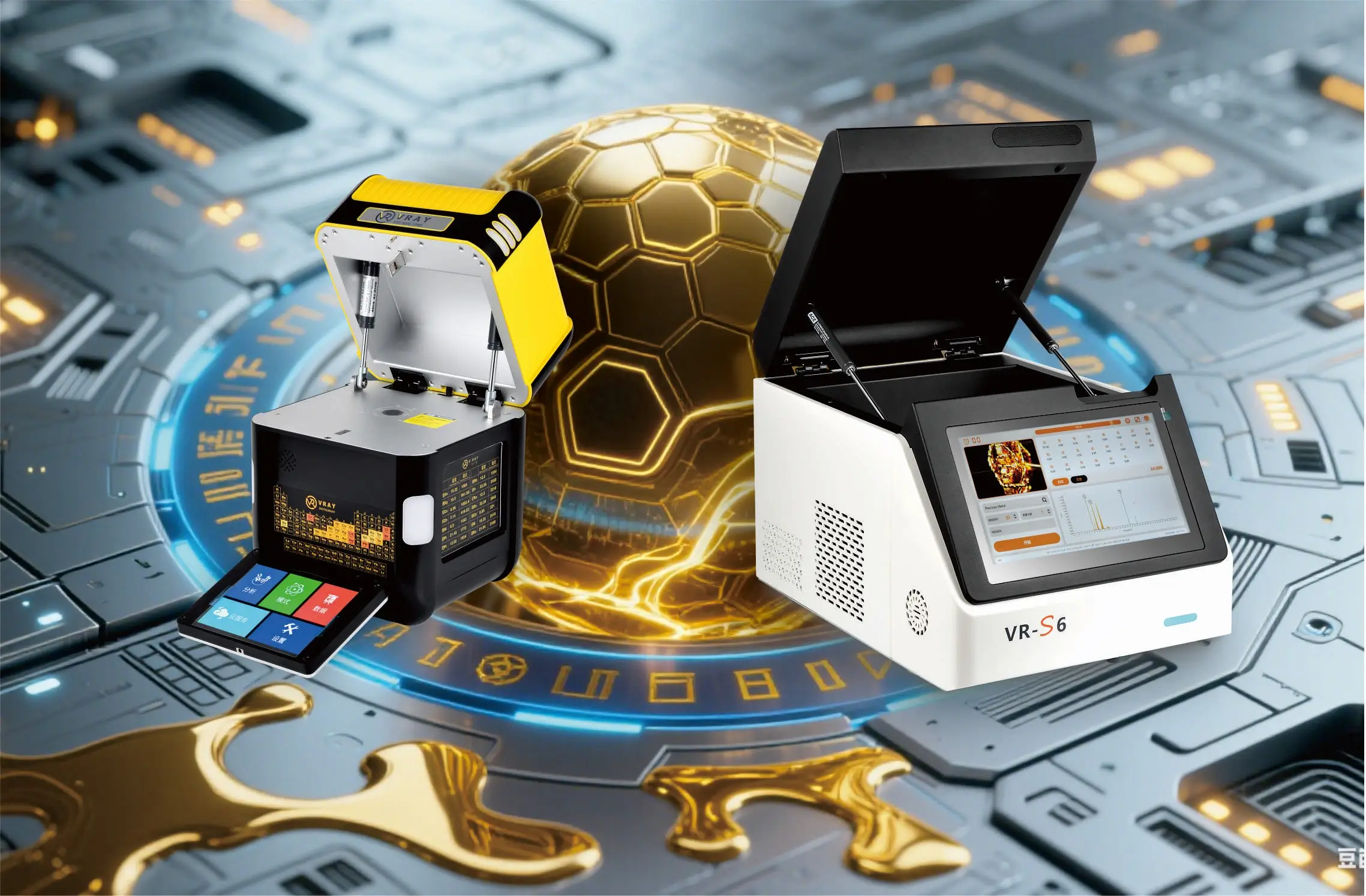
You want to choose the right XRF analyzer for your work. The best option depends on where you test and how precise your results must be. Wenn Sie schnell, on-site checks, a Portable XRF analyzer offers flexibility and speed. For detailed, high-accuracy lab results, A desktop RFA-Analysator is often preferred. Many professionals now select their analyzer based on these needs, as shown by the rising market share of both types.
Key Takeaways
Tragbarer XRF AnalysatorS offer fast, flexible testing anywhere, ideal for on-site checks and large or fixed samples.
Desktop XRF analyzers provide higher accuracy and detailed analysis, best suited for controlled lab environments and complex samples.
Both analyzers deliver reliable results, but your choice depends on factors like location, sample type, Genauigkeitsbedürfnisse, und Benutzerfreundlichkeit.
Proper training and regular maintenance keep your XRF analyzer safe and accurate for long-term use.
Use the decision checklist to match your work needs with the strengths of each analyzer for the best results.
Grundlagen des RFA-Analysators
Wie XRF funktioniert
You use XRF (Röntgenfluoreszenz) to find out what elements are in a sample. The process starts when the analyzer sends high-energy X-rays into the material. These X-rays hit atoms and knock out electrons. When new electrons fill the empty spots, the atoms release energy as X-rays. Each element gives off its own unique X-ray signal. The analyzer detects these signals and tells you which elements are present.
XRF uses a strong X-ray tube and a sensitive detector. The device collects data quickly, often in just a few seconds. The photoelectric effect makes this possible, giving you fast and reliable results.
Main Uses
You will find XRF -Analysatoren in many industries. They help you check the composition of metals, Glas, Boden, and even coins. XRF gives you results without damaging your sample. You do not need to spend much time preparing the sample, so you save time and effort.
XRF achieves 15-20% relative accuracy for semi-quantitative glass analysis. With matching libraries, accuracy improves to 5-10%.
Micro-XRF and LIBS show less than 10% variability within the same glass pane. Under the best conditions, error rates drop below 3%.
Calibration improvements can reduce variation to less than 5%, making element detection more reliable.
XRF detects main and trace elements, impurities, Überzüge, and surface treatments with high precision.
The method supports rapid, non-destructive analysis for quality control and material characterization.
Quick Comparison
Schlüsselunterschiede
When you compare a Tragbares RFA-Analysegerät to a desktop XRF analyzer, you notice several important differences. You can use a portable device almost anywhere. It works well in the field, in a shop, or even at a recycling center. You do not need a lab to get results. Portable models use advanced engineering to fit powerful parts into a small, rugged case. They run on batteries and often include features like cameras and wireless connections. You can carry them easily and test samples of any size.
Desktop XRF analyzers stay in the lab. They use higher x-ray power and offer better sample positioning. You get more control over the test and can use custom calibrations. This means you can reach higher accuracy and analyze more complex samples. Desktop models need more training to use, but they give you detailed results for research or quality control.
You may see small differences in measurement repeatability. For some elements, desktop analyzers show lower standard deviation, which means more consistent results. Jedoch, portable models still provide reliable data for most tasks, especially for quick checks and sorting.
Tipp: If you need to test samples in different locations or handle large items, a portable XRF analyzer gives you the flexibility you need.
Vergleichstabelle
Besonderheit | Tragbarer RFA-Analysator | Desktop-RFA-Analysator |
|---|---|---|
Tragbarkeit | Hoch (field and shop use) | Niedrig (lab only) |
Power Source | Battery | Mains (AC) |
Sample Size Limits | Keiner | Usually limited |
Genauigkeit | Hoch (suitable for most uses) | Sehr hoch (lab-grade) |
Wiederholbarkeit | Slightly lower for some elements | Highest for most elements |
User Training | Minimal | Moderate to advanced |
Preis | Often higher | Often lower |
Connectivity | Wireless options available | Usually wired only |
Ruggedness | Designed for harsh use | Not rugged |
Kalibrierung | Pre-installed, less flexible | Customizable, more flexible |
You can see that both types have strengths. Your choice depends on where you work and how much detail you need.
Tragbarer RFA-Analysator
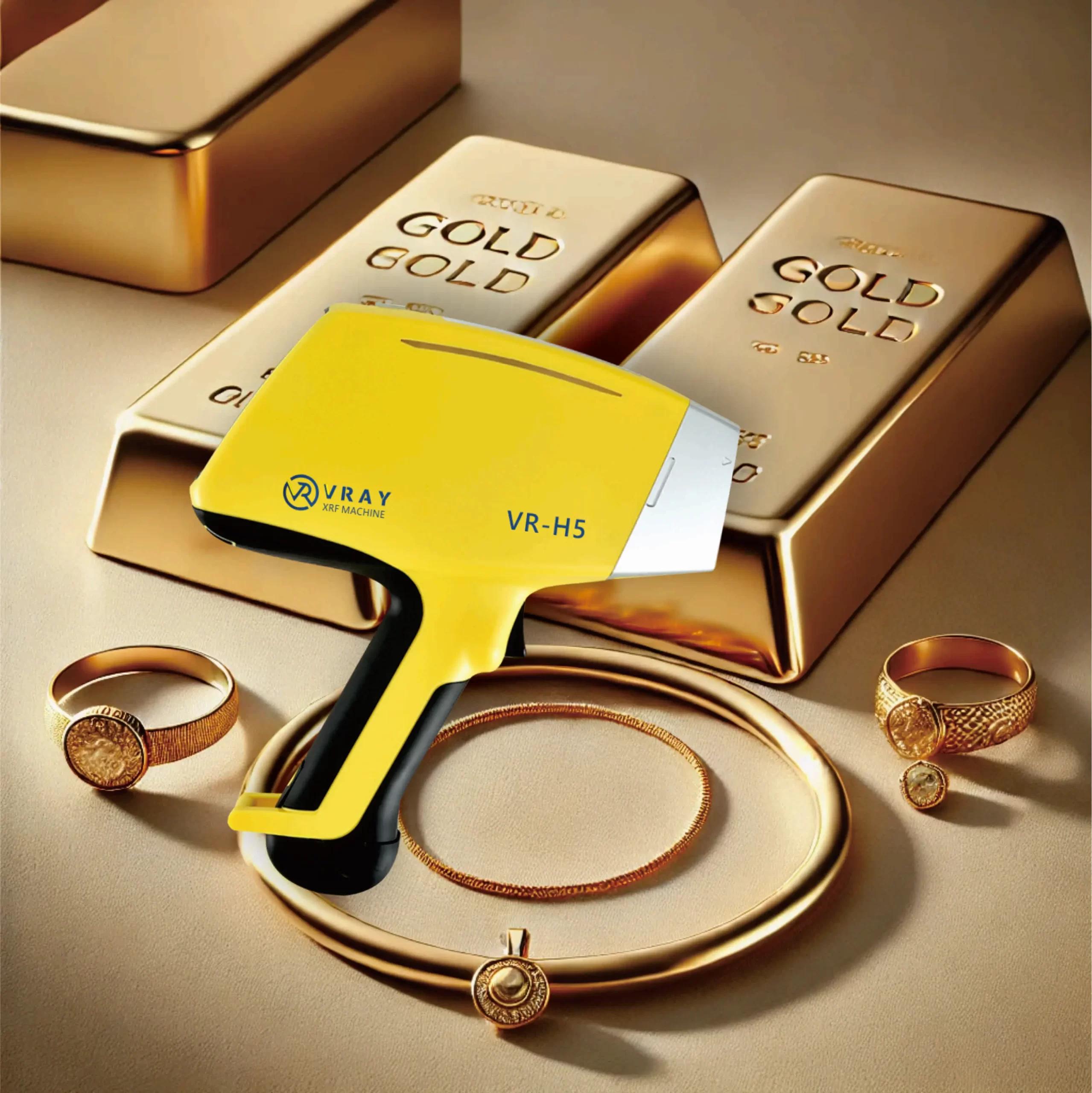
Features
You can rely on a Portable XRF analyzer when you need to test materials quickly and easily in different locations. The VRAY Portable XRF Analyzer VR-M5 stands out because you can carry it anywhere. It weighs only 4.1 Kilogramm, so you do not need much effort to move it from place to place. You can use it in a shop, a recycling center, or even outdoors.
The device runs on a powerful battery. You can work for up to 12 hours with the standard battery or up to three days with the optional high-capacity battery. You do not have to worry about finding a power outlet. The analyzer gives you results in as little as one second, so you save time with every test. You can check up to 22 Elemente gleichzeitig, and you do not damage your samples.
Here is a table that shows some important features:
Tipp: You can use the Portable XRF analyzer for non-destructive testing, so your valuable items stay safe and unchanged.
Anwendungen
You can use a Portable XRF analyzer in many industries. In jewelry shops, you test Gold and silver quickly without harming the pieces. This helps you check for purity and spot fake items. In recycling centers, you sort metals fast and prevent mixing different types. This makes your work more efficient and increases profits. In quality inspection, you make sure products meet standards and reduce the number of defective items.
Schmuckindustrie: You test precious metals for purity and protect your inventory.
Recycling: You sort metals and alloys quickly, improving accuracy and saving time.
Quality Inspection: You check material composition and keep products consistent.
A Portable XRF analyzer helps you work faster, safer, and with more confidence wherever you need to test materials.
Desktop-RFA-Analysator
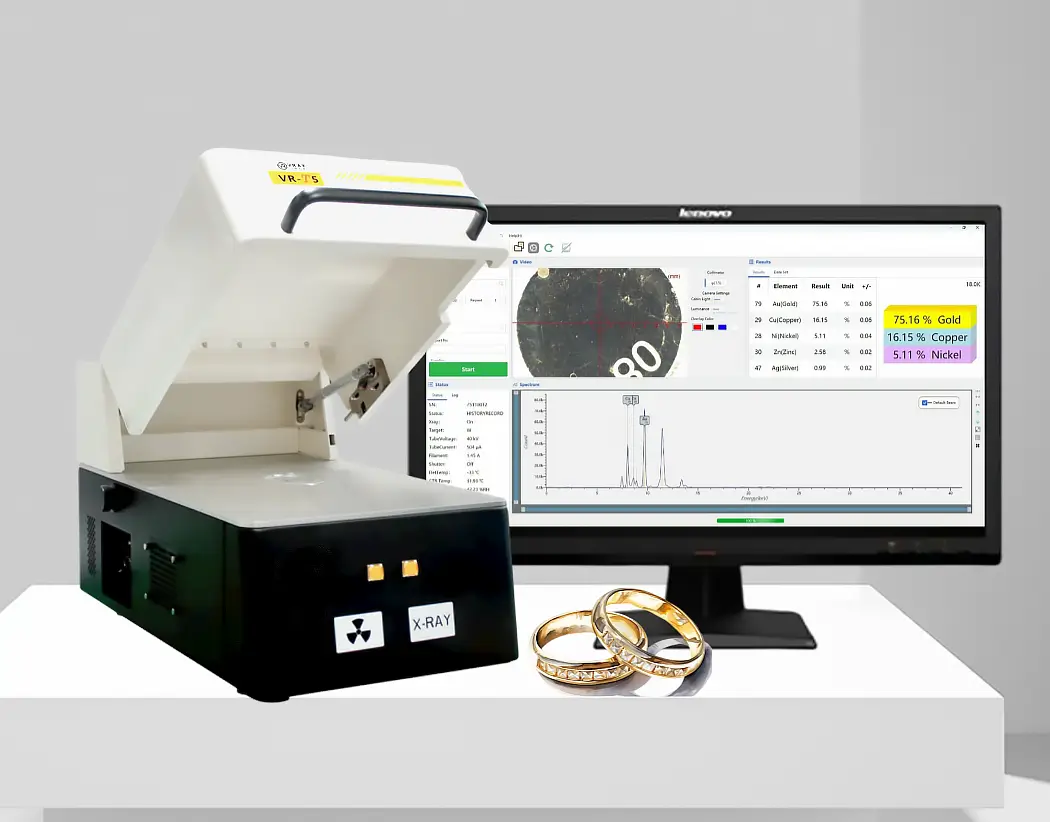
Features
You get the highest level of accuracy with a desktop XRF analyzer. This type of analyzer works best in a laboratory setting, where you can control the environment and prepare samples carefully. You use advanced technology to measure even the smallest amounts of elements. The analyzer covers a wide range of elements, from sodium to uranium. You can test solids, Pulver, Flüssigkeiten, and even slurries.Here is a table that shows some of the advanced features you find in desktop XRF analyzers:
Anwendungen
You use a desktop XRF analyzer when you need detailed and reliable results. This tool fits best in a laboratory, where you can follow strict procedures and use standardized calibration. You can measure elemental concentrations with high accuracy and repeat your tests with confidence.
You get accurate and reproducible measurements, which are important for laboratory work.
You use standardized calibration methods to keep your results consistent.
You can apply statistical tools to interpret trace element data, which helps in research and sourcing studies.
You benefit from software that guides you through data analysis and improves transparency.
You can identify geochemical signatures in rocks and minerals, supporting scientific studies.
You use open-source software to make your workflow easy to share and repeat.
Notiz: Desktop XRF analyzers give you the tools you need for advanced research, Qualitätskontrolle, and detailed material analysis. You can trust the results for both routine checks and complex investigations.
Portability and Environment
Feldgebrauch
You often need to test materials outside the lab. A Tragbares RFA-Analysegerät gives you the freedom to work in many places, such as construction sites, recycling yards, or remote mining locations. You can carry the device easily because it is lightweight and rugged. Many models have drop resistance and weather protection, so you do not worry about damage from outdoor conditions. Wireless connectivity and simple software help you get results quickly, even when you are far from the office.
You can see how XRF compares to other methods for field testing in the table below:
Verfahren | Limit of Detection (LOD, µg Ti/filter) | Quantifizierungsgrenze (LOQ, µg Ti/filter) | Dynamic Range (µg Ti/filter) |
|---|---|---|---|
RFA | 11.8 | 39.3 | 11.8–578 |
LIBS (264) | 2.7 | 9.0 | 2.7–252 |
LIBS (336) | 0.032 | 0.11 | 0.032–100 |
FTIR | 108.4 | 361 | 108.4–578 |
You get Zuverlässige Ergebnisse with XRF in the field. The device keeps your samples safe and lets you test them again later if needed. Many users in mining, Umwelttests, and metal sorting trust these analyzers for their speed and repeatability. You can finish your work faster and move on to the next task.
Tipp: You can use a Portable XRF analyzer for on-site testing without damaging your samples.
Laborgebrauch
You may need more control and precision for some tests. Desktop XRF analyzers work best in a laboratory setting. You get a stable environment with less dust, steady temperature, and no vibration. This helps you achieve the highest accuracy and repeatability.
You use one-touch measurement to reduce mistakes.
The touch screen resists chemicals and solvents, so you clean it easily.
You connect the analyzer to your lab network for fast data sharing.
Pass/fail testing and smart software make routine checks simple.
The design protects important parts from spills, keeping the device safe.
Pre-loaded settings and flexible calibration help you adapt to different tests.
You can trust desktop XRF analyzers for research, Qualitätskontrolle, and complex analysis. The lab environment supports careful sample preparation and detailed work.
Sample Compatibility
Sample Types
You can analyze many types of samples with XRF technology. This flexibility makes XRF a popular choice in both field and lab settings. Portable XRF analyzers, like the VRAY VR-M5, let you test items directly where you find them. You do not need to move large or delicate objects to a lab. Desktop XRF analyzers handle a wide range of materials as well, especially when you need higher accuracy.
You can use XRF to check metals, soils, Pulver, and even liquids. Portable XRF expands your options by letting you test consumer goods, foods, and cultural products right where you find them. This makes XRF useful for quick screening and frequent checks.
Notiz: Portable XRF analyzers help you test large or immovable objects in the field, while desktop models support high-throughput analysis in the lab.
Vorbereitung
You often do not need much preparation before using XRF. You can place solids and metals directly in the analyzer. Powders may need grinding and pressing into pellets for better results. Liquids go into special cups and should be single-phase with low volatility. For some advanced tests, you might fuse powders into glass beads using special fluxes.
XRF works by measuring the unique X-ray signals from each element in your sample. You do not need to digest or vaporize the material. This saves you time and keeps your sample safe. Studies show that XRF results closely match the true composition of materials, even with simple preparation steps. Zum Beispiel, phosphate glass samples tested by XRF gave results almost identical to their theoretical values.
Tipp: Always check that your sample is clean and fits the analyzer’s requirements. Good preparation helps you get the most accurate results.
User Training
You need proper training to use XRF analyzers safely and effectively. Many organizations, such as the IAEA NSIL, run annual proficiency tests and workshops to help users improve their skills. These programs follow strict international standards and provide expert feedback.
Annual proficiency tests help you find and fix analytical problems.
Training workshops teach you about method validation, uncertainty, und Qualitätskontrolle.
Materials and courses support you in setting up quality management systems.
Ongoing reviews highlight areas where you may need more practice.
Tipp: Regular training and practice help you stay up to date and ensure accurate, safe results every time you use your XRF analyzer.
Speed and Throughput
Analysezeit
You want fast results when you test materials. XRF analyzers help you get answers quickly. Most portable and desktop XRF devices can finish a single analysis in less than a minute. Zum Beispiel, the integration time for collecting XRF spectral data is about 30 Sekunden. The detector responds even faster, with peak signal integration taking only 0.1 Mikrosekunde. If you use a device with a NIRS module, the exposure time is about 15 Sekunden. The speed of sample movement also matters. Many systems move samples at 20 millimeters per second, which helps you test more items in less time.
Metrisch | Wert | Beschreibung/Beziehung zur Effizienz der Analyse |
|---|---|---|
XRF Integration Time | 30 Sekunden | Duration for XRF spectral data collection, key to analysis speed |
XRF Peak Integration Time | 0.1 Mikrosekunde | Time for peak signal integration, indicating detector responsiveness |
NIRS Exposure Time | 15 Sekunden | Exposure duration for NIRS module, contributing to total analysis time |
Sample Transport Speed | 20 mm/second | Speed of sample movement affecting throughput and sample handling time |
Tipp: Faster analysis time means you can check more samples each day and make decisions sooner.
Batch Processing
You may need to test many samples in a row. XRF -Analysatoren support batch processing, which helps you handle high-volume work. In einem Labor, you can set up the analyzer to test several samples one after another. Each measurement takes about 7.5 Minuten for elements like arsenic, cadmium, Kupfer, Mangan, and zinc. The detection limits are low, so you can find even small amounts of these elements. The analyzer keeps results accurate and consistent, with a strong correlation to other lab methods.
Element | Linear Regression R² | Detection Limit (µg/g) | Messzeit |
|---|---|---|---|
Arsenic (Als) | 0.86 | 0.25 | 7.5 Minuten |
Cadmium (CD) | 0.81 | 0.0042 | 7.5 Minuten |
Kupfer (Cu) | 0.77 | 0.040 | 7.5 Minuten |
Mangan (Mn) | 0.88 | 0.35 | 7.5 Minuten |
Zink (Zn) | 0.74 | 0.12 | 7.5 Minuten |
You can trust XRF analyzers to keep up with busy workflows. Batch processing saves you time and effort, especially when you need to test many samples for quality control or research.
Kosten
Purchase Price
You need to think about the cost before choosing an XRF analyzer. Portable and desktop models have different price ranges. Portable XRF analyzers, wie Handheld Geräte, usually cost between $15000 Und $35,000. These models work well if you need to test materials in the field or move between locations. You get immediate results and can carry the device easily.
Desktop XRF analyzers cost more in most cases. Prices start at about $6,760 for basic models and can reach up to $45,580 for advanced systems.
Bulk purchase discounts can lower your costs if you need several analyzers for your business.
Wartung
You should also consider maintenance costs. Portable XRF analyzers often require less maintenance because you use them in the field and they have fewer moving parts. You may need to replace batteries or screens after heavy use. Regular calibration keeps your results accurate.
Desktop XRF analyzers need more attention. You might schedule routine servicing, Software-Updates, and calibration checks. Some parts, like detectors or X-ray tubes, may need replacement after long use. Lab environments help protect these analyzers, but you still need to follow a maintenance plan.
Tipp: Regular maintenance helps you avoid costly repairs and keeps your analyzer working at its best.
Decision Guide
Checklist
You can use a simple checklist to help you decide between a portable and a desktop XRF analyzer. This checklist uses five key criteria: validity, Zuverlässigkeit, availability, simplicity, and compatibility. These criteria help you choose the right analyzer for your work, whether you test jewelry, Metalle, or scientific samples.
Validity: Does the analyzer give you results that match your needs?
If you need high accuracy for trace elements, a desktop XRF analyzer works best. If you need fast results on-site, a portable XRF analyzer is a better choice.Zuverlässigkeit: Can you trust the analyzer to give you the same results every time?
Desktop models offer more stable readings for long tests. Portable models give you reliable results for quick checks.Availability: Can you use the analyzer where you need it?
Portable XRF analyzers work anywhere, even outside the lab. Desktop analyzers stay in one place and need a lab setup.Simplicity: Is the analyzer easy to use?
Portable models have simple controls and need less training. Desktop models may need more training but offer advanced features.Compatibility: Does the analyzer fit your sample type?
Desktop analyzers handle small, liquid, or powder samples better. Portable analyzers work well with large or fixed items.
You can use this table to check your needs:
Criteria | Tragbarer RFA-Analysator | Desktop-RFA-Analysator |
|---|---|---|
Validity | Good for field checks | Best for lab accuracy |
Zuverlässigkeit | High for quick tests | Highest for long tests |
Availability | Anywhere, anytime | Lab only |
Simplicity | Einfach zu bedienen | More training needed |
Compatibility | Large/solid samples | Small/liquid/powder |
Tipp: If you need to test many samples in different places, choose a portable XRF analyzer. If you need the lowest detection limits and highest accuracy, choose a desktop model.
Scenarios
You can see how this decision guide works in real situations. Here are some examples from different industries:
Juweliergeschäft
You need to check gold purity quickly for customers. You want to avoid damaging the jewelry. A portable XRF analyzer lets you test items right at the counter. You get results in seconds and keep your workflow smooth.Recycling Center
You sort metals from scrap piles. You need to move around the yard and test large pieces. A portable XRF analyzer helps you identify metals on the spot. You save time and reduce mistakes.Laboratory Analysis
You study trace elements in biological samples, like nails or soil. You need to detect very low concentrations, sometimes below 1 Ppm. A desktop XRF analyzer gives you the power and sensitivity to find these elements. You can also analyze powders and liquids with better safety and accuracy.Forensic Investigation
You need to find blood stains or gunshot residues on clothing. Some stains are hard to see, especially on dark or bright fabrics. XRF analyzers can map elements like iron, Kalium, and lead. You can use a desktop analyzer for detailed imaging in the lab. You can also use a portable XRF analyzer at the crime scene for quick checks.Qualitätskontrolle in der Fertigung
You check the composition of products before shipping. You need fast, repeatable results. A portable XRF analyzer lets you test items on the production line. You keep your process efficient and reduce waste.
These scenarios show that both types of analyzers have strengths. You should match your choice to your main needs: Standort, Genauigkeit, sample type, and speed.
Notiz: Some portable analyzers can be used with lab stands for longer or more complex tests. This setup gives you more stability and bridges the gap between field and lab work.
You should match your XRF analyzer choice to your main needs. Use the checklist to compare your requirements with each analyzer’s strengths. Industry data shows that XRF analyzers deliver rapid, Tragbar, and accurate results for many applications.
Parameter | Wichtigste Erkenntnisse |
|---|---|
Präzision | Lower error with advanced models |
Nachweisgrenzen | Field-ready sensitivity with short analysis times |
Genauigkeit | Strong match with lab methods after calibration |
Practical Value | Reliable results in both field and lab environments |
For best results, talk with a supplier or request a demo. Your application will guide you to the right analyzer.
FAQ
What is the main difference between a portable and a desktop XRF analyzer?
You can use a portable XRF analyzer anywhere. It works well for quick, on-site tests. A desktop XRF analyzer stays in the lab. It gives you higher accuracy and supports more detailed analysis.
Can I use a portable XRF analyzer for Goldtesting in a jewelry shop?
Ja, du kannst. Portable XRF analyzers, like the VRAY VR-M5, let you check gold purity right at the counter. You get fast, non-destructive results without harming valuable items.
How safe is it to use an XRF analyzer?
You stay safe when you follow the instructions. Most XRF analyzers have built-in safety features. These include automatic radiation cut-off and shields. Always receive proper training before use.
Do I need to prepare samples before using an XRF analyzer?
You often do not need much preparation. You can test metals and solid items directly. For powders or liquids, you may need simple steps like pressing or placing them in a cup.
How long does it take to get results from an XRF analyzer?
You get results quickly. Most XRF analyzers provide answers in seconds to a few minutes. This speed helps you make decisions faster in your work.

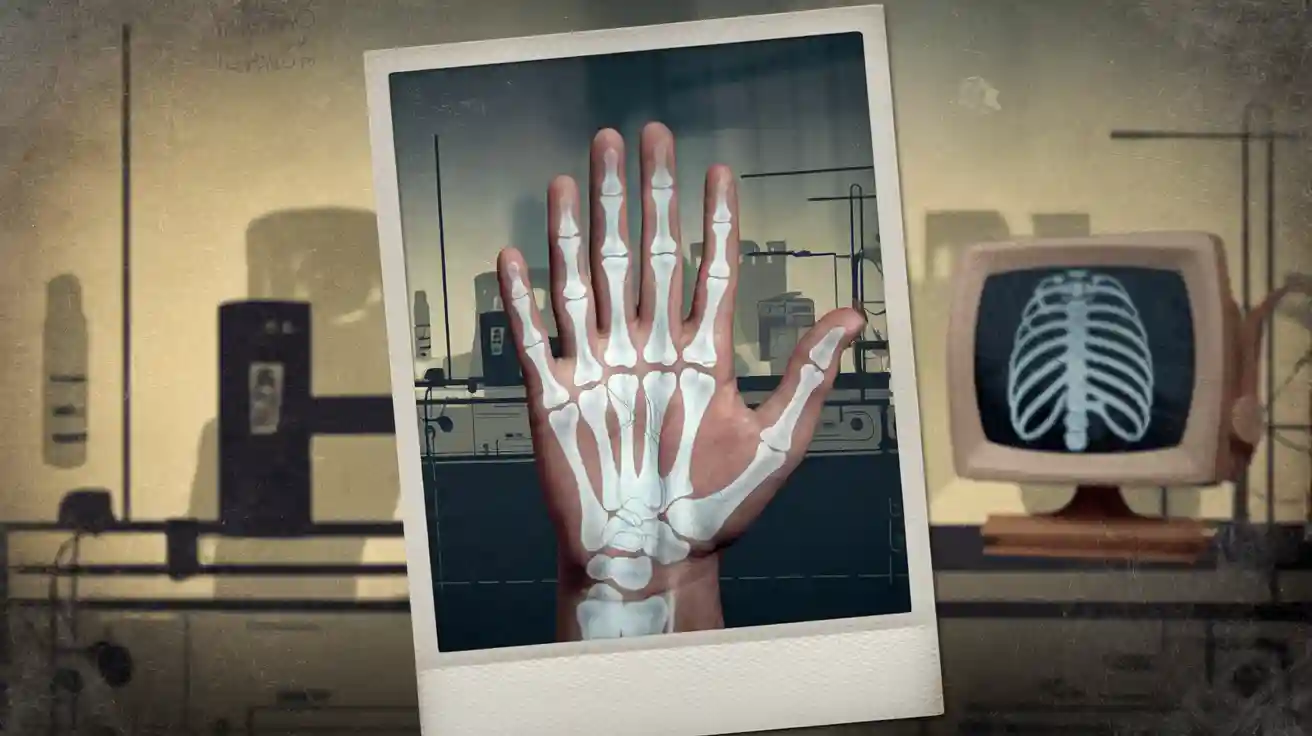


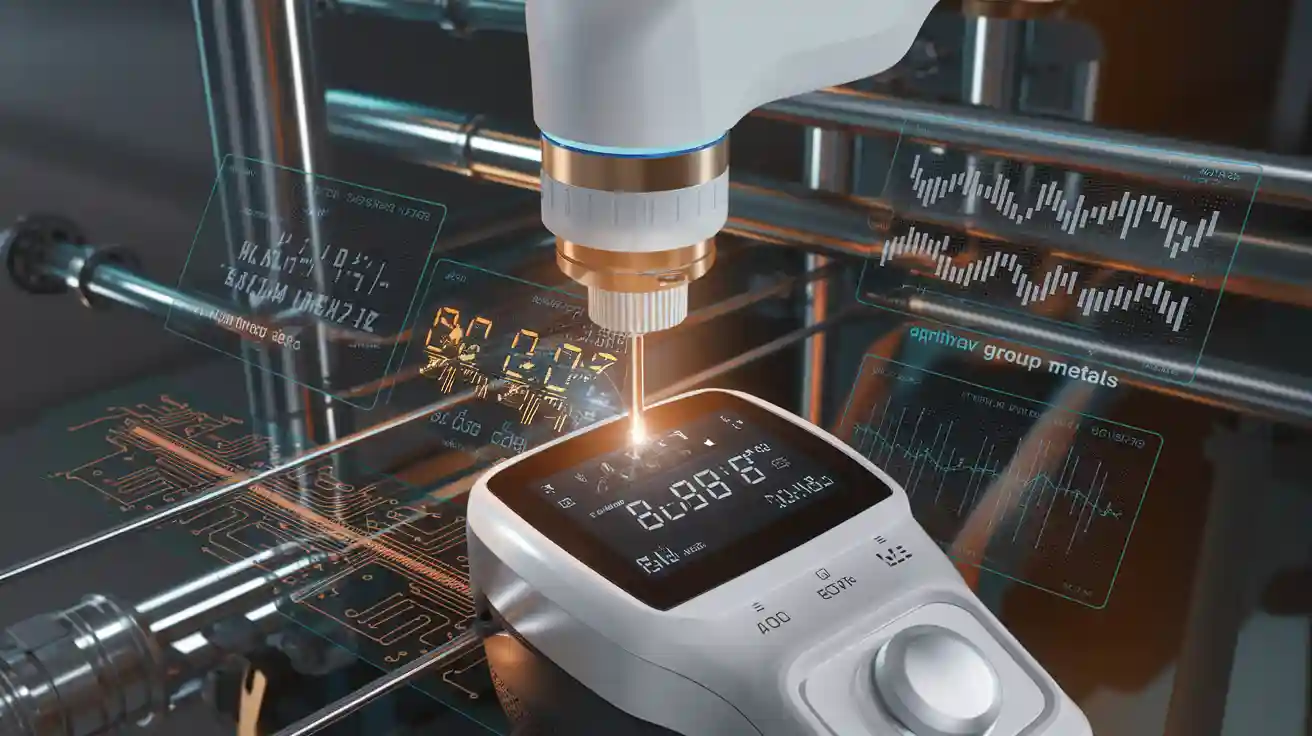
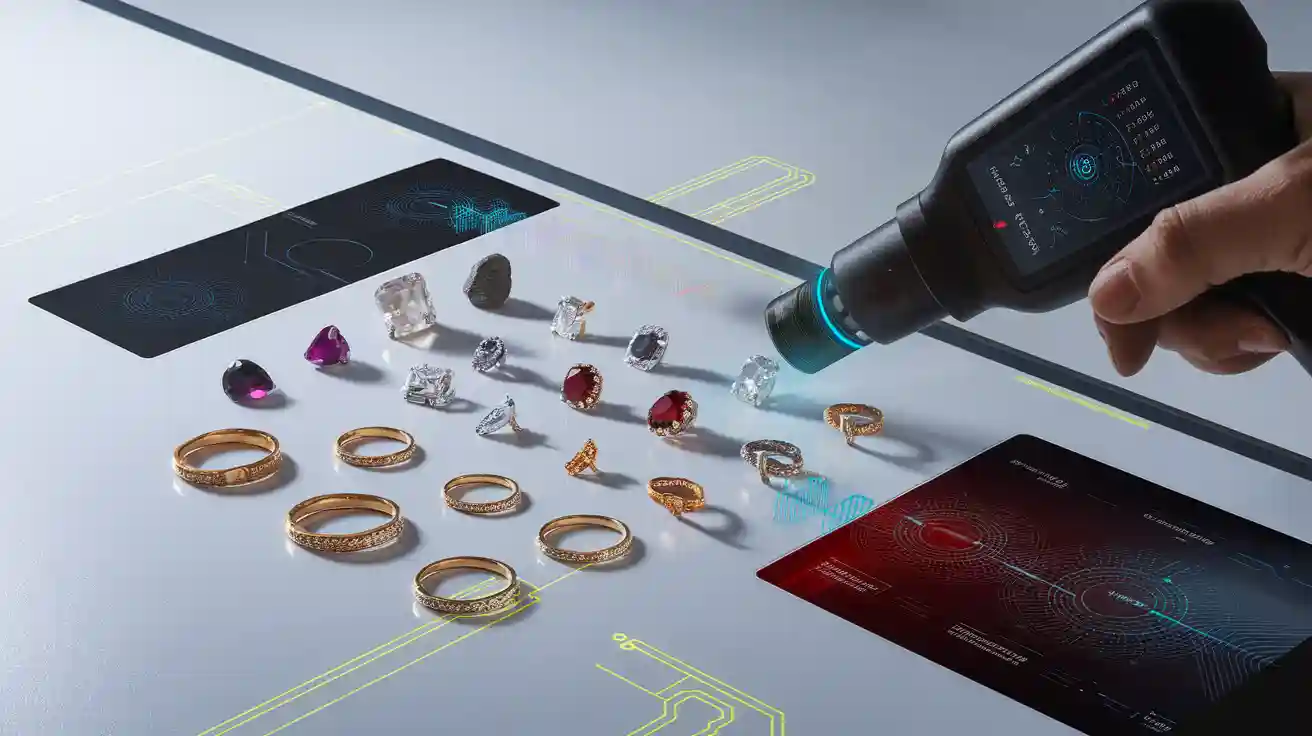

WhatsApp
Scannen Sie den QR-Code, um einen WhatsApp-Chat mit uns zu starten.